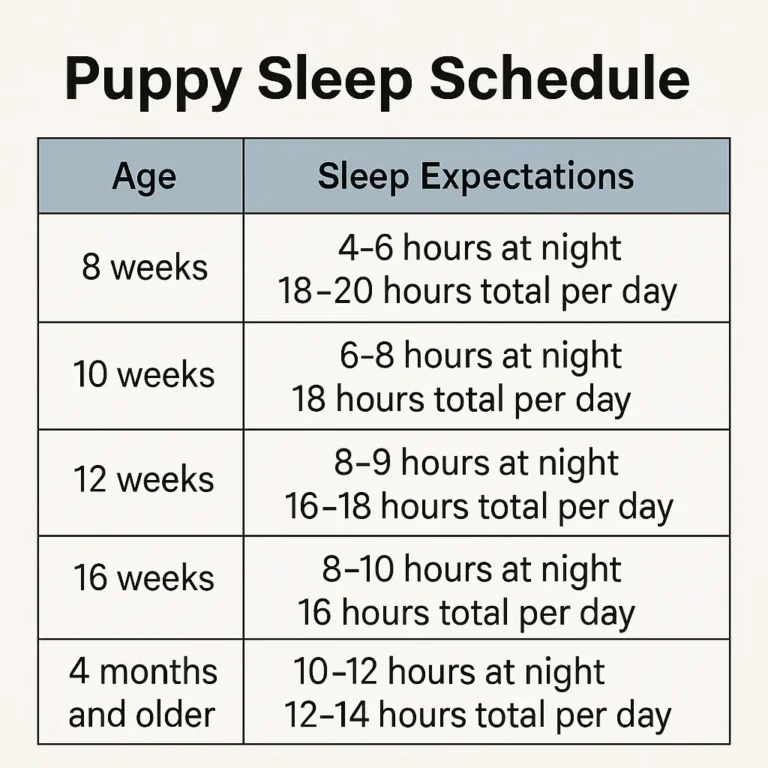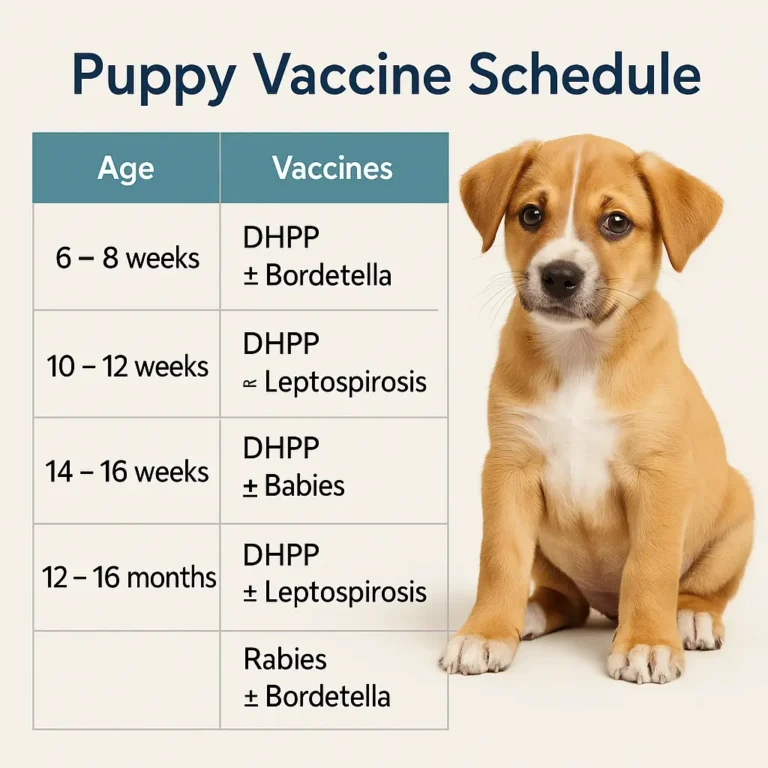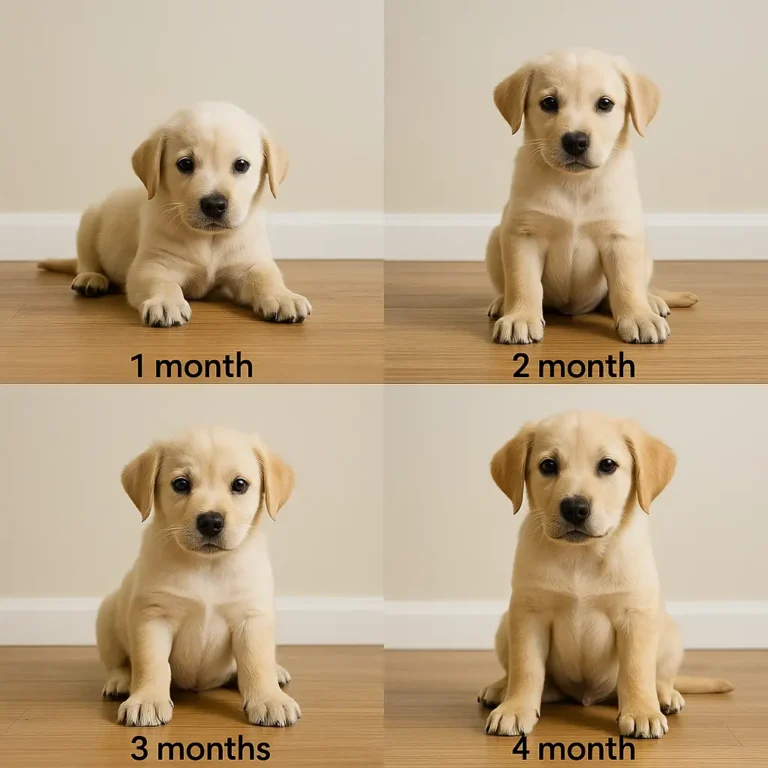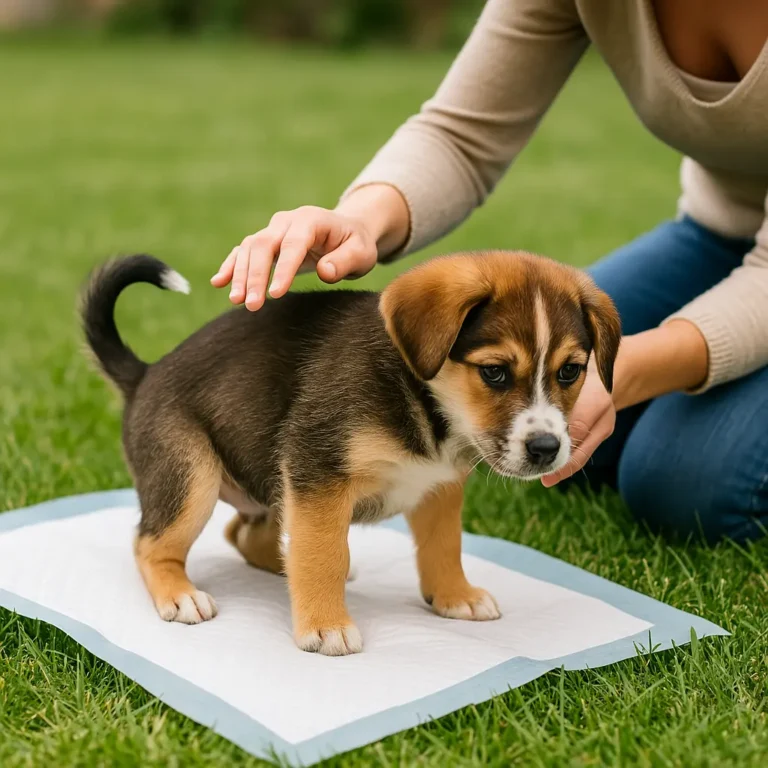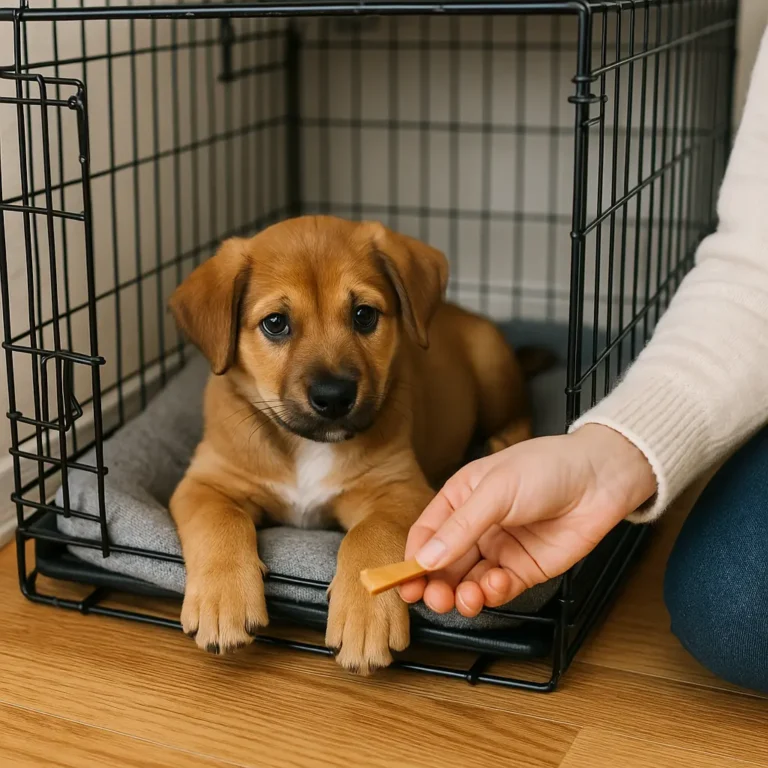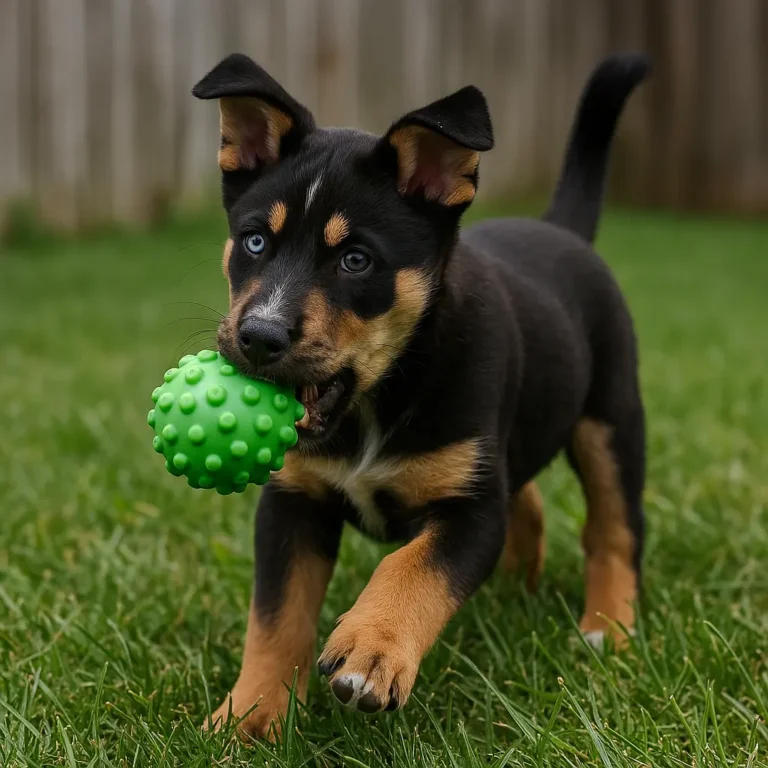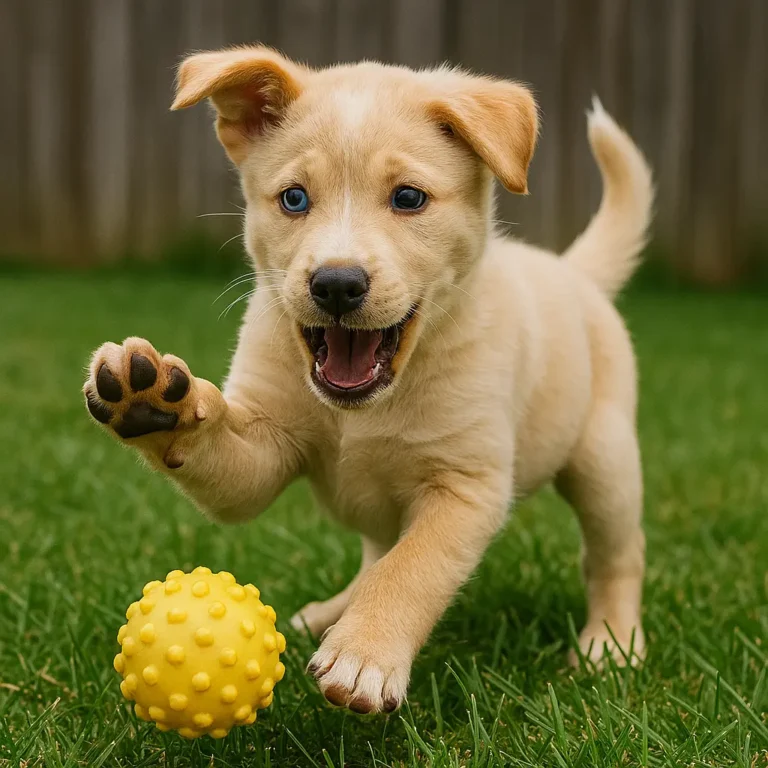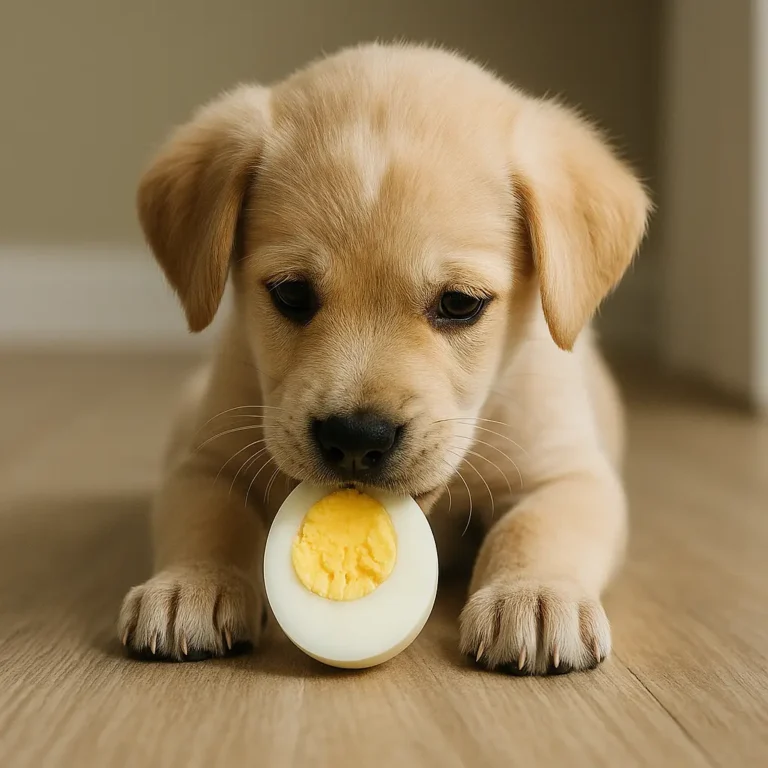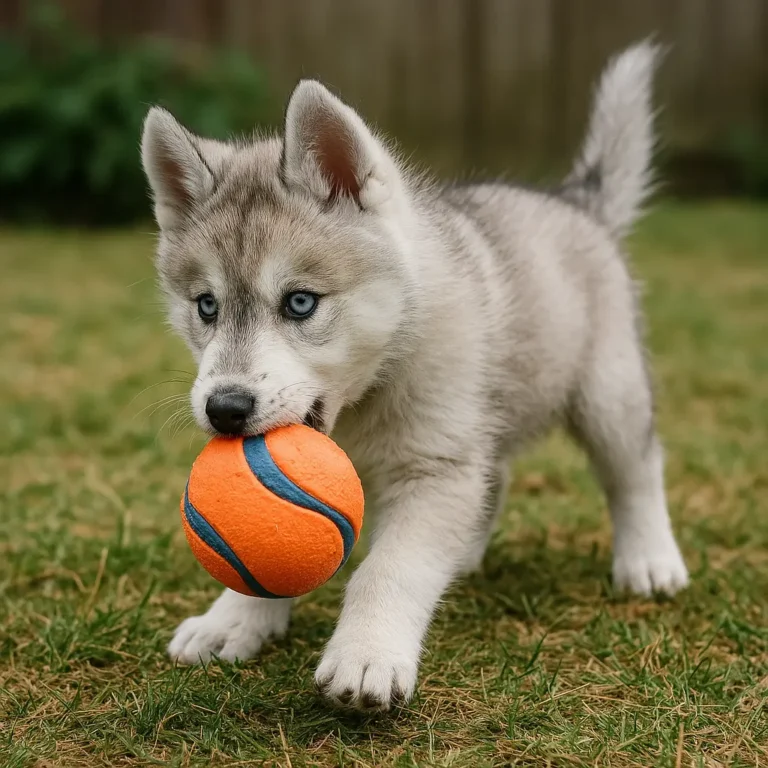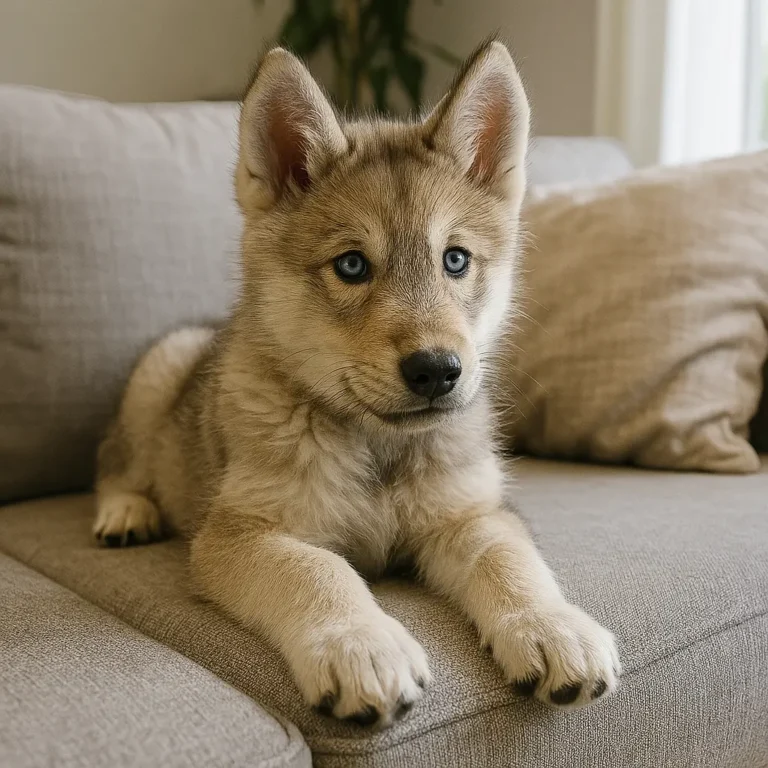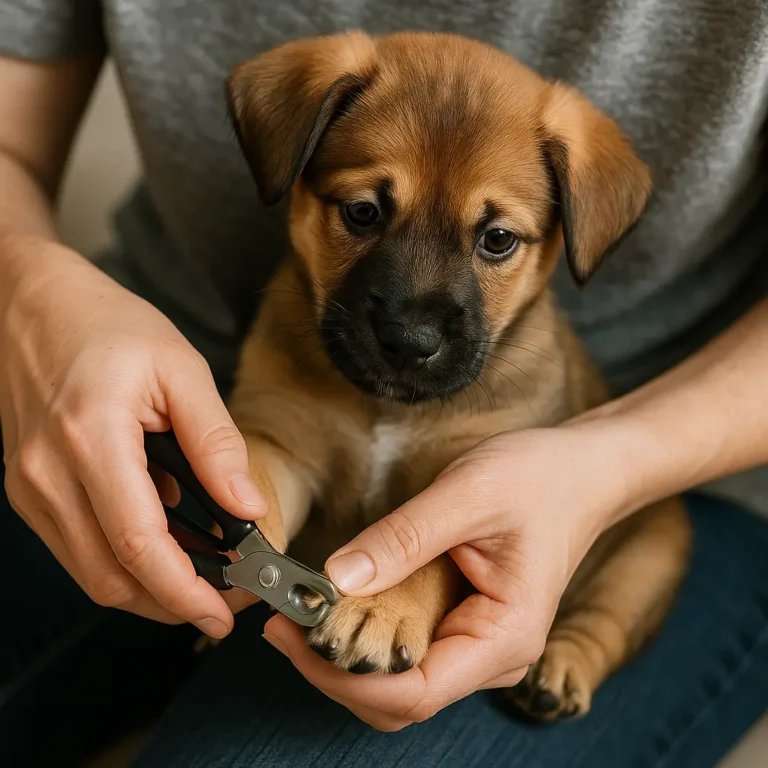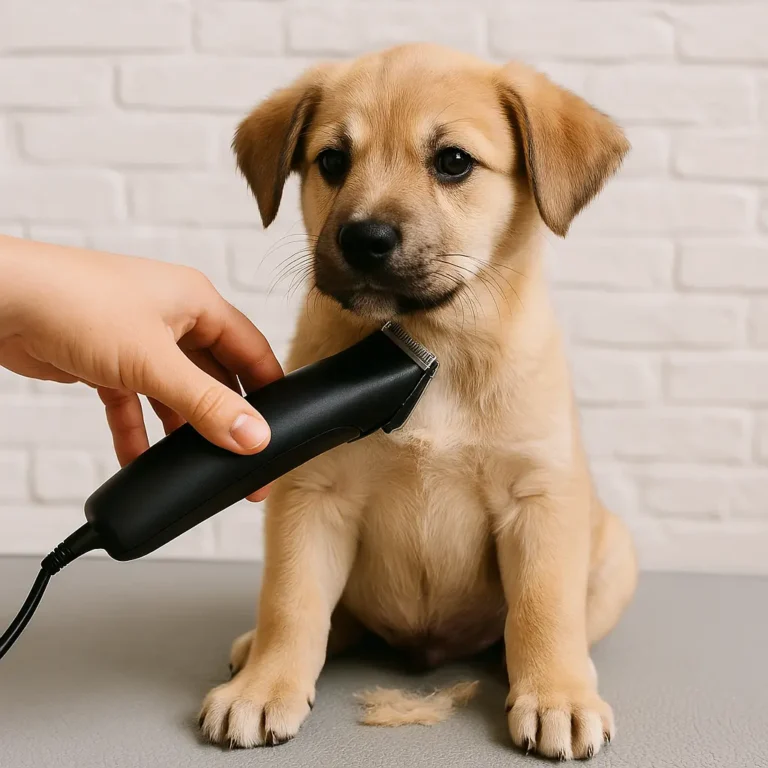The Husky is an intelligent, energetic, and friendly dog breed that makes an excellent companion for active families. While they require regular grooming and daily exercise, their beautiful appearance, affectionate nature, and loyalty make them highly sought after. Whether you enjoy outdoor adventures or simply want a dog that can keep up with your energetic lifestyle, the Husky is a perfect fit. With the right care, Huskies will be your loving, adventurous companion for many years. What dog are you? Your snack drawer contents expose your inner canine!
Husky Dog
Discover the Majestic and Energetic Husky Dog
The Husky, a beloved and iconic breed, is known for its striking appearance, intelligence, and energetic spirit. With their wolf-like look and striking blue or multicolored eyes, Huskies have earned a reputation as some of the most beautiful and intriguing dogs. Originally bred as sled dogs breed in the cold climates of the Arctic, they are known for their stamina, endurance, and strength. While they make excellent working dogs, they are equally loved as family pets. Their friendly and independent nature, combined with their playful demeanor, makes them an excellent companion for active individuals and families. However, due to their energetic and often stubborn personality, proper training and consistent exercise are essential. In this article, we’ll dive into the unique traits of the Husky breed and explore what makes them such amazing pets for the right owners.
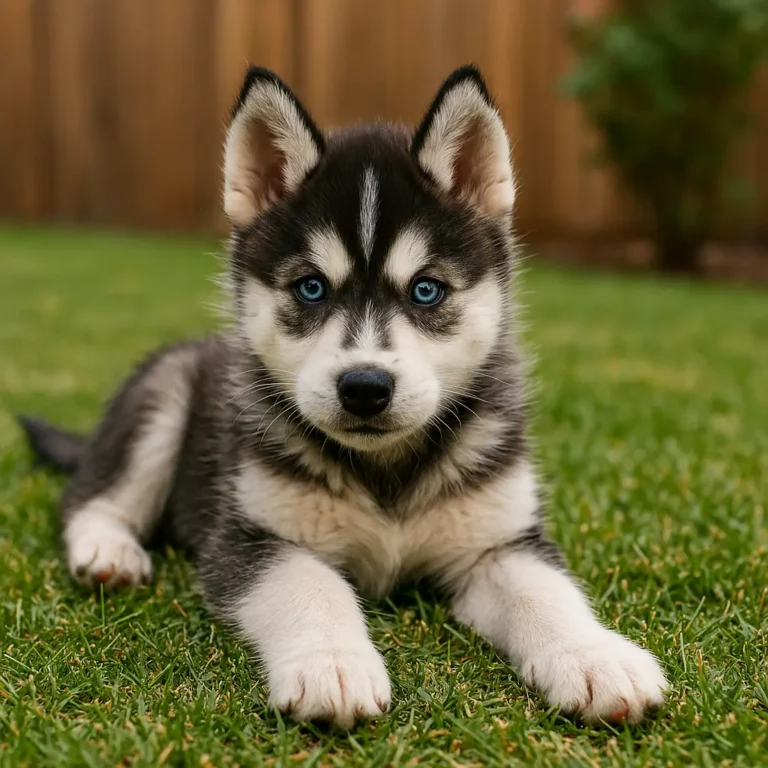
Puppy: What to Expect from Your Husky Puppy
Bringing home a Husky puppy is an exciting experience filled with joy and energy. These puppies are playful, curious, and full of life. Their intelligence and independent nature mean that they need consistent training, early socialization, and positive reinforcement. Husky puppies are known for being mischievous and are quick learners but can be stubborn at times. It’s important to start training early to build a strong foundation for obedience. With their high energy levels, Husky puppies require plenty of physical and mental stimulation. They grow up to be loyal and spirited companions with the right guidance.
Breed Traits
Huskies are medium-sized dogs with striking coats, erect ears, and almond-shaped eyes. Known for their high energy, intelligence, and strong prey drive, Huskies make loyal companions but need active lifestyles.
The Husky typically lives between 12 to 15 years. With proper care, a healthy diet, and regular exercise, they can enjoy a long life, full of adventure and companionship.
Huskies are medium-sized dogs, with males standing between 21 to 23.5 inches and females standing between 20 to 22 inches tall. They have a sturdy, muscular frame built for endurance.
A Husky typically weighs between 35 to 60 pounds. Males are usually larger, weighing between 45 to 60 pounds, while females typically weigh between 35 to 50 pounds. Their weight depends on diet and exercise.
Huskies thrive in cooler climates due to their thick double coat. They need a spacious environment with access to outdoor areas for exercise, making them ideal for active families or individuals.
Breed Characteristics
The Husky is characterized by its thick, double-layered coat, erect triangular ears, and striking blue or multicolored eyes. They are friendly, independent, energetic, and have a strong prey drive.
Huskies are affectionate and loyal to their families. They are good with children and other pets, but early training and socialization are key to ensuring they are well-behaved and well-adjusted.
The Husky has a medium-sized, muscular body, characterized by a thick coat that can be black, gray, red, or white. Their striking eyes, often blue or multicolored, give them a wolf-like appearance.
Huskies are highly social dogs that enjoy the company of both humans and other dogs. They thrive in active environments where they can interact, play, and receive attention from their family.
The Husky is an independent, intelligent, and playful dog. They are friendly and affectionate but can be stubborn, requiring consistent training. Their energetic nature makes them well-suited for active families.
How to Train Your Husky Effectively
Training a Husky requires patience, consistency, and positive reinforcement. These intelligent dogs learn quickly but can also be independent and stubborn. Start training at an early age to ensure they understand basic commands such as “sit,” “stay,” and “come.” Socialization is key to prevent shyness or aggression with other dogs and people. Due to their high energy levels, Huskies require regular mental and physical stimulation to prevent boredom, which can lead to undesirable behaviors. Interactive toys and regular exercise sessions are essential. Huskies enjoy activities like running, hiking, and playing fetch, so make training fun and engaging.
Husky History & Facts
Husk is the dry, protective outer covering of seeds, grains, and fruits. The term originates from Middle English "huske," meaning "little house," describing these natural shells that safeguard developing seeds from environmental threats.
Husks serve essential biological functions, allowing proper seed maturation while preventing damage from moisture, pests, and physical harm. Common examples include corn husks, rice hulls, wheat chaff, and coconut coir.
Throughout history, humans have utilized husks for various purposes: corn husks for wrapping tamales, rice hulls in construction, and coconut fiber for ropes. The process of removing husks—husking or hulling—has been fundamental to agriculture for millennia, evolving from simple hand tools to modern industrial machines that process vast quantities of grains daily.
Huskies can run over 100 miles daily in sub-zero temperatures while consuming half the calories other dogs need, thanks to their unique metabolism that efficiently burns fat instead of carbohydrates for sustained energy.
Huskies are one of few dog breeds that can naturally have heterochromia—different colored eyes—or parti-colored eyes with multiple colors in one eye, creating striking blue, brown, amber, or mixed combinations.
Their bushy tails aren't just for show—Huskies curl them over their faces while sleeping to create a warm air pocket, while their double-layered coat insulates against both freezing cold and summer heat.
Huskies are notorious for their Houdini-like abilities, capable of digging under fences, jumping six-foot barriers, or opening gate latches. Their intelligence and determination make them exceptional escape artists requiring secure containment systems.
Rather than barking frequently, Huskies "talk" through howls, whines, and distinctive vocalizations that mimic human speech patterns. They're known for their dramatic conversations and can produce sounds resembling words like "hello."
Husky Dog Popular Mix Breeds: The Best Husky Mixes You Should Know
The Husky is often mixed with other breeds to create unique and lovable hybrid dogs. One popular mix is the Husky Labrador mix, which combines the friendly nature of the Labrador with the energetic spirit of the Husky. Another common mix is the Husky and Malamute mix, resulting in a large and powerful dog. The Husky Poodle mix (Pomsky) is a popular choice for families looking for a smaller hypoallergenic dog. Other Husky mixes, like the Husky and Golden Retriever, are equally popular due to their friendly and active nature. These mixes combine the best traits of both breeds.
Food Requirements for a Husky: A Complete Guide
Huskies have high energy and require a balanced diet to stay healthy and active. They should be fed high-quality dog food that provides all the essential nutrients, including protein, fat, vitamins, and minerals. Typically, huskies thrive on food that contains meat as the first ingredient, such as chicken, lamb, or beef. A typical daily portion should be divided into two meals to avoid bloat and improve digestion. Always consult a vet for a specific feeding plan that aligns with your dog’s age, activity level, and health status.
Breed Behavior of a Husky: What You Need to Know
Huskies are known for their independent and playful nature. They are energetic, friendly, and thrive on social interaction. While they are not the best choice for a first-time dog owner, experienced dog parents will appreciate their curious, mischievous, and sometimes stubborn behavior. Huskies require daily exercise and stimulation to prevent boredom and destructive behavior. They are highly social, so leaving them alone for long periods can lead to anxiety.
Alertness
Huskies are naturally alert and have a keen sense of awareness. They are excellent watchdogs, always ready to detect new sounds, movements, and changes in their environment. Their keen senses make them great companions for active outdoor adventures, where their alertness can be fully utilized.
Protectiveness
Huskies are not naturally aggressive, but they are protective of their family. While they might not guard your home like a traditional guard dog, they will alert you to unfamiliar people or situations. With proper training, they can become reliable companions who protect their loved ones without being overly aggressive.
Prey drive
Huskies have a strong prey drive, stemming from their working dog heritage. They were originally bred to pull sleds, which means they have high stamina and chase instincts. Be cautious when walking them off-leash, as they may be tempted to chase small animals like squirrels or rabbits. Early training and socialization are key to managing this instinct.
Aggressiveness
Huskies are generally not aggressive by nature. They are known for their friendly and affectionate temperament. However, like any breed, improper training or socialization can lead to behavioral issues. It’s important to train them from an early age to ensure they grow into well-behaved dogs.
Barking level
Huskies are not known for excessive barking, but they do vocalize in different ways. They often “talk” or “howl” rather than bark. While they may not bark continuously like some breeds, their howling can be quite loud and noticeable, especially when they are excited or want attention.
Trainability
Huskies are intelligent dogs, but they can also be independent and stubborn, which may make training a bit challenging. Early socialization and consistent, positive reinforcement are essential. Huskies respond well to rewards-based training, but they can become bored easily, so it’s important to keep training sessions short, fun, and engaging.
Mental stimulation needs
Huskies require plenty of mental stimulation to stay happy and healthy. Puzzle toys, obedience training, and interactive playtime are excellent ways to keep their minds sharp. Without enough mental stimulation, they may develop destructive behaviors. Engaging activities such as running, hiking, or agility training will satisfy their need for both physical and mental challenges.
Intelligence
Huskies are highly intelligent, but their independent nature can sometimes make them appear aloof or stubborn. They are quick learners and capable of mastering commands and tricks, but they may choose not to follow them if they don't see a good reason to do so. Their intelligence makes them suitable for a variety of activities, from sledding to search and rescue.
Husky Dog Cross Popular Mix Breeds
Huskies are often mixed with other breeds to create unique, lovable companions. Popular husky mixes include the Siberian Husky Lab mix, the Husky German Shepherd mix, and the Husky Pitbull mix. These mixes often combine the husky’s energy, independence, and friendly personality with the traits of other breeds, creating dogs that are active, loving, and loyal. Each mix comes with its own set of traits, so prospective dog owners should research the specific mix they’re considering before making a commitment.
Huskies have thick double coats that require regular grooming. They shed heavily twice a year, so brushing them several times a week helps to manage shedding and prevent mats and tangles. During shedding season, daily brushing is recommended. Bathing should be done as needed, typically every few months or when they get particularly dirty. Huskies are naturally clean dogs, so they do not require frequent bathing. Additionally, their nails should be trimmed regularly, and their ears checked for any signs of infection.
Physical Attributes: The Striking Appearance of a Husky
The Husky is a stunning, medium-sized dog known for its wolf-like appearance. With piercing blue or multi-colored eyes, a strong build, and pointed ears, Huskies stand out in any crowd. Their fluffy tails curl over their backs, completing their iconic look. Their muscular physique enables them to excel in endurance activities. Huskies are not just beautiful but also athletic, bred to work in harsh, cold climates. Their independent nature and stunning appearance make them one of the most admired dog breeds worldwide.
Breed Size
Huskies are considered a medium-sized breed, typically standing 20 to 24 inches tall at the shoulder. They generally weigh between 35 to 60 pounds. Their muscular, sturdy frame allows them to perform the physically demanding tasks they were bred for, such as sledding. While they are not giant dogs, they are strong and athletic, and their build reflects their history as working dogs. Siberian Huskies possess an impressive level of endurance, enabling them to run long distances without tiring easily.
Colours
Huskies come in a variety of gorgeous coat colours. The most common are black, gray, red, and pure white. Their faces often have distinctive markings, including the classic "mask" that gives them a wolf-like appearance. Huskies also have white markings on their paws, chest, and belly, which add to their charm. Their eyes can be blue, brown, or even heterochromatic (one blue, one brown). With such a wide range of colours and markings, Huskies are truly a sight to behold.
Snoring
Huskies may snore occasionally, especially after a long day of exercise. However, this breed does not snore excessively compared to other breeds. When Huskies do snore, it is usually mild and happens during deep sleep. Their relatively quiet sleeping habits make them suitable for households that don’t want constant background noise.
Exercise Needs
Siberian Huskies are an extremely active breed that requires a lot of exercise. They need at least 1-2 hours of physical activity every day to burn off their high energy levels. Activities like running, hiking, and playing are ideal for Huskies, as they are bred for endurance. Without enough exercise, they can become restless, bored, and destructive. Huskies also enjoy mental stimulation, so incorporating training into their routine will keep them happy and engaged.
The Husky is a generally healthy breed, but like any dog, it can be prone to certain health issues. Some common health problems in Huskies include:
Hip Dysplasia: A malformation of the hip joint that can lead to arthritis.
Cataracts: A condition where the lens of the eye becomes cloudy, impairing vision.
Hypothyroidism: A thyroid condition that can cause weight gain, lethargy, and skin problems.
Progressive Retinal Atrophy (PRA): A genetic eye disorder that leads to gradual vision loss.
Huskies typically live 12 to 15 years and can enjoy long lives when provided with a healthy diet, regular exercise, and routine veterinary check-ups. Keeping their weight in check and maintaining their dental health is also important for their overall well-being.
Dog Breed Size: Medium and Muscular
The Husky is considered a medium-sized breed. Standing between 20 and 24 inches tall at the shoulder, Huskies are strong, muscular, and agile dogs. They typically weigh between 35 and 60 pounds, with males being slightly larger than females. While not considered a large breed, Huskies are very athletic and endurance-driven, capable of running long distances without tiring. Their muscular build supports their historical role as working dogs, and they require an active lifestyle and space to run and play.
Husky faq
How big does a Husky get?
A Husky grows to be about 20 to 24 inches tall and weighs between 35 and 60 pounds. They are medium-sized but very muscular and athletic.
Do Huskies make good family pets?
Yes, Huskies are friendly and affectionate, making them great family pets. They are gentle with children and other pets, but early socialization is essential.
How much exercise does a Husky need?
Huskies are high-energy dogs and need 1-2 hours of exercise per day. Activities like running, hiking, and playing help keep them healthy and happy.
Do Huskies shed a lot?
Yes, Huskies shed heavily, especially during spring and fall. They need regular grooming to manage the shedding and keep their coats in good condition.
Are Huskies easy to train?
Huskies can be stubborn and independent, making training a challenge. Early socialization and positive reinforcement techniques work best to train them.
Are aggressive dogs?
No, Huskies are generally friendly and affectionate. They are not typically aggressive, but they can be independent and sometimes stubborn. Early training is essential.
Do Huskies need a lot of grooming?
Yes, Huskies require regular grooming, especially during shedding seasons. Brush their coat 2-3 times per week to manage shedding and prevent mats.
How long do Huskies live?
Huskies have a life expectancy of 12 to 15 years. They are generally healthy but can be prone to certain genetic conditions, so regular vet visits are important.
Living with a Husky is an exciting adventure for active families. Huskies are loyal, affectionate, and energetic, requiring daily exercise and mental stimulation. They enjoy running, hiking, and playing, making them perfect companions for outdoor enthusiasts. Huskies are independent thinkers, so they may not always follow commands immediately. Early training and socialization are key to ensuring they develop good behavior. Their howls and vocal expressions are part of their charm, and they can be quite entertaining. Despite their independent nature, Huskies are loving family dogs when given the attention they need.

